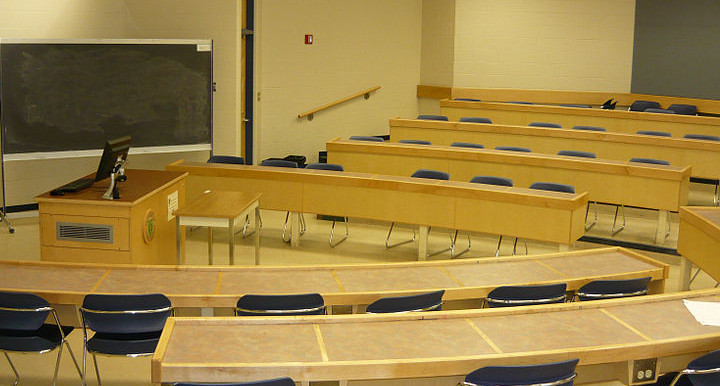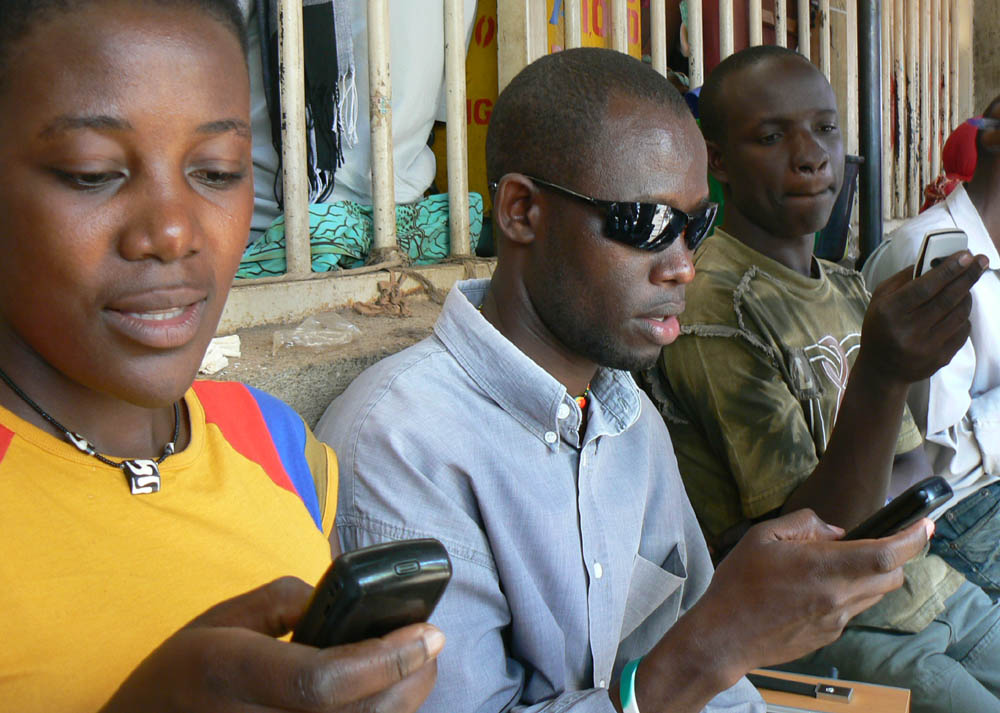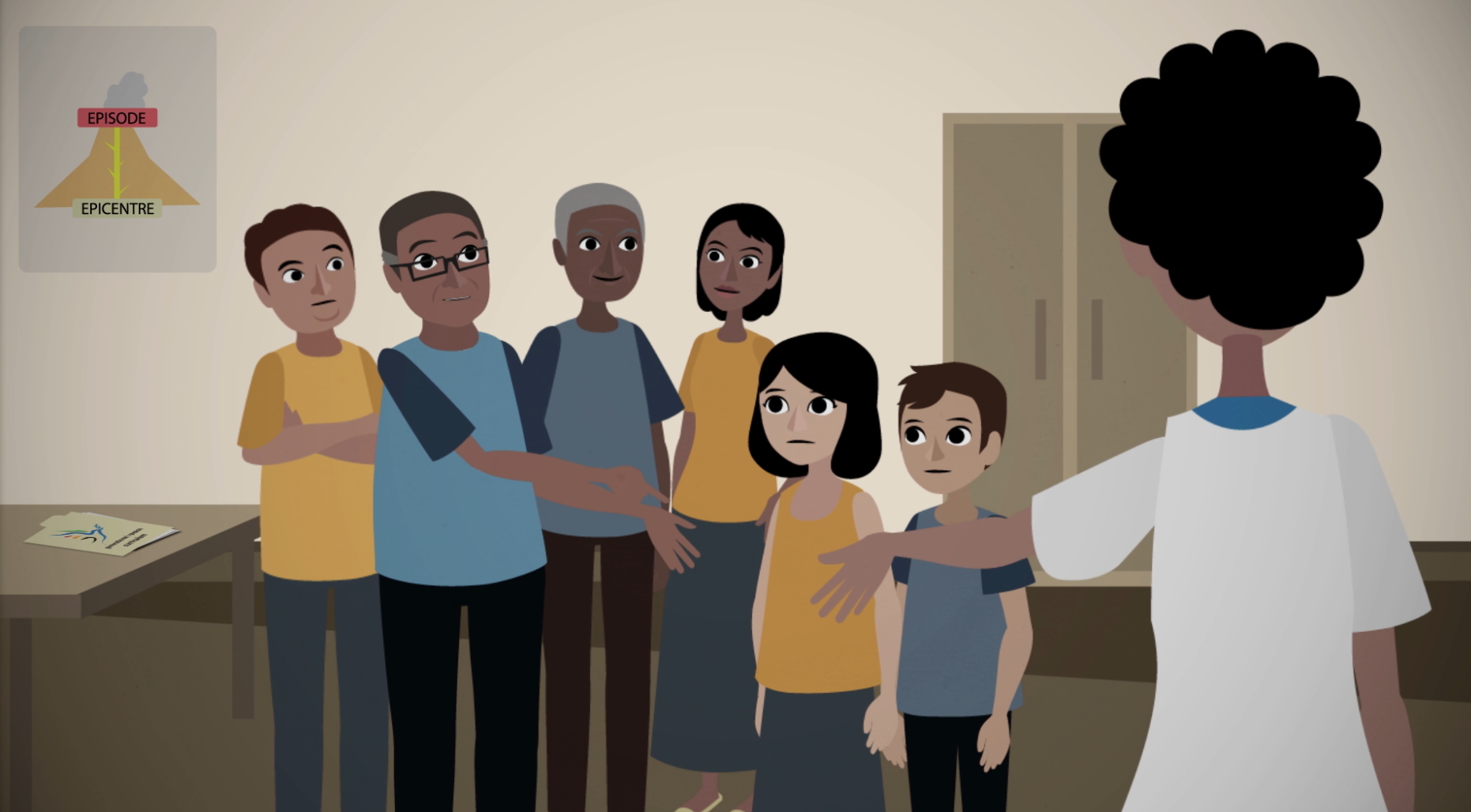Co-authored by Mike Brown.
The future of higher education may be online, but the present is still a mess.
The New Yorker recently published a thorough exploration of MOOCs and higher education. Coincidentally, this piece came out as the same week that my alma mater announced it had failed to fill about a third of its incoming freshman class. Whether a temporary enrollment misfire or permanent disruption of the education system, both the struggles of terrestrial universities and the potential for an online future raise important concerns about how higher education will survive.
Although perhaps not the author’s intention, the article revealed five key differences between traditional teaching institutions moving traditional courses online and courses designed to be online from the very beginning:
No experience in producing online content. The main video editor for Nagy’s course is a graduate assistant who recently defended her dissertation in Greek history, not a Web editor by vocation. Good educational content requires audio, video, graphics, and subject matter to work in unison. Universities are buying platforms like marble mansions and filling them with cardboard content. But live teaching is hard, which is why good lecturers are hard to come by. The same applies to other modes of delivery, and with MOOCs, the potential efficacy lost from skimping on the experience will scale with the course, growing linearly, while the cost of getting it right from the beginning is fixed, getting cheaper per person as number of students scale.
No clear teaching or evaluation model. This is still the “let a thousand flowers bloom” stage of online learning, but that has to end eventually. While it was good to see the back-and-forth on the socratic method, without methods of evaluating work, it seems premature to congratulate education on cracking this nut. Multiple-choice quizzes to test reading comprehension will never replace essays, and machines are a long way off from being able to grade 31,000 essays accurately. But besides peer grading, which is successfully used by Coursera and the Comprehensive Test Ban Treaty Organization’s “Around the Globe and Around the Clock: The Science and Technology of the CTBT,” we don’t have better ways of evaluating student progress in depth, as well as breadth. New models and tools are needed for these subjects.
No clear business model. It initially seemed unnecessary to take a trip and cameraman to Greece as part of the budget for this course, but if students are willing pay for that authentic experience, then why not? It may well be that including such edutainment content as shots from the real places, much like the history channel used to do, will benefit students greatly; what’s most important is that they track how it changes how students engage, and perform further experiments to validate these theories.
No access to social networks. Perhaps the most telling part of the article was the admonition of universities not just as delivering elite education, but connecting elites with one another into lifelong networks. Emphasis on admonition. Not only is more data available to mine when students interact in social network type settings, but students and teachers benefit from the collaborative and iterative experience inherent in group-based contemporaneous learning.
Traditional universities are, in the words of the article, standing in front of an avalanche. They are understandably attached to their current model, which they have developed over centuries, but it leaves them vulnerable to the scale-free model of online learning. The prospect of a global audience and substantial cost savings from online coursework is attractive. However, they are poorly positioned to benefit from either without revolutionizing their entire approach. Universities, in this new age, are facing the classic Shumpeterian forces of creative destruction. Much like the railroads, which once dominated transport, innovation is placing pressure on their model, and if they remain attached to a model displaced by innovation, they will be destroyed by it.
Are there more ways that universities are failing to keep up with the times? Are products of e-learning startups falling too far from the educational tree? Join the conversation in the comments.




